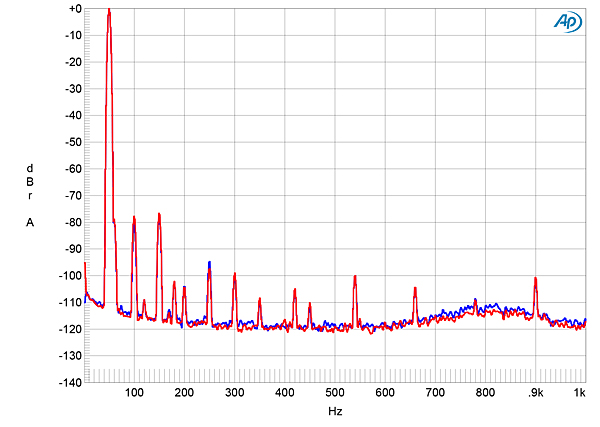What can you say, generally speaking about the distortion make up for class A and highly biased Class a/b solid state amplifiers? Are they generally the higher distortion 2nd harmonic type or the lower distortion 3rd harmonic type.. or have I missed the mark completely???
Most of them tend to have unmasked higher ordered harmonics at a low level, and because the ear uses the higher harmonics to sense sound pressure, its keenly sensitive to their presence! Also because the ear assigns a tonality to all forms of distortion, this causes most of said amps to sound harsh and bright even though they might have less higher ordered harmonics than a tube amp! This is how important the masking that the 2nd and 3rd provide can actually be.
The reason so many class A and AB solid state amps have this issue is they lack the required Gain Bandwidth Product to support their feedback at all frequencies. This is why they can play good bass, since at those frequencies the feedback is enough to do the job. But at some higher frequency the amp runs out of GBP and so the feedback decreases: and with it the distortion at those frequencies rises. That is why distortion vs frequency is an important measurement. The distortion simply should not rise at all if brightness and harshness is to be avoided.
There are a few A and AB amps that appear to have enough GBP to get around this problem and I think most of you know of one of them- the Benchmark- but you still have the issue of the distortion spectra itself. Most of the measurement guys that poo-poo subjective listening will tell you that the distortion is inaudible if about 100dB down. I personally doubt that; if it were true there would be no controversy around the ’sound’ of these amps. Since getting the distortion that low (< 0.005%) is pretty hard you can see that the distortion spectra still plays a role.
One thing to keep in mind is that the distortion spectra at 1 Watt doesn’t tell the whole story! A classic example is SETs, which at lower power really do quite well. But when you get over -6dB of full power the higher ordered harmonics become more prominent. This causes the amp to sound ’dynamic’ at first (as power is increased) since the power needed is on the transients. So the ear reacts to the loudness cues on the transients, converting the result to ’dynamic’. I’m convinced that when audiophiles use the word ’dynamics’ to describe what they hear in an amplifier or stereo, that you can safely replace that word with ’distortion’ and not change the meaning of the conversation at all.
In many class A and AB amps what happens is not quite the same- as power is increased the distortion spectra changes but the result is more harshness and brightness, since that’s a problem with them even at lower volumes.


